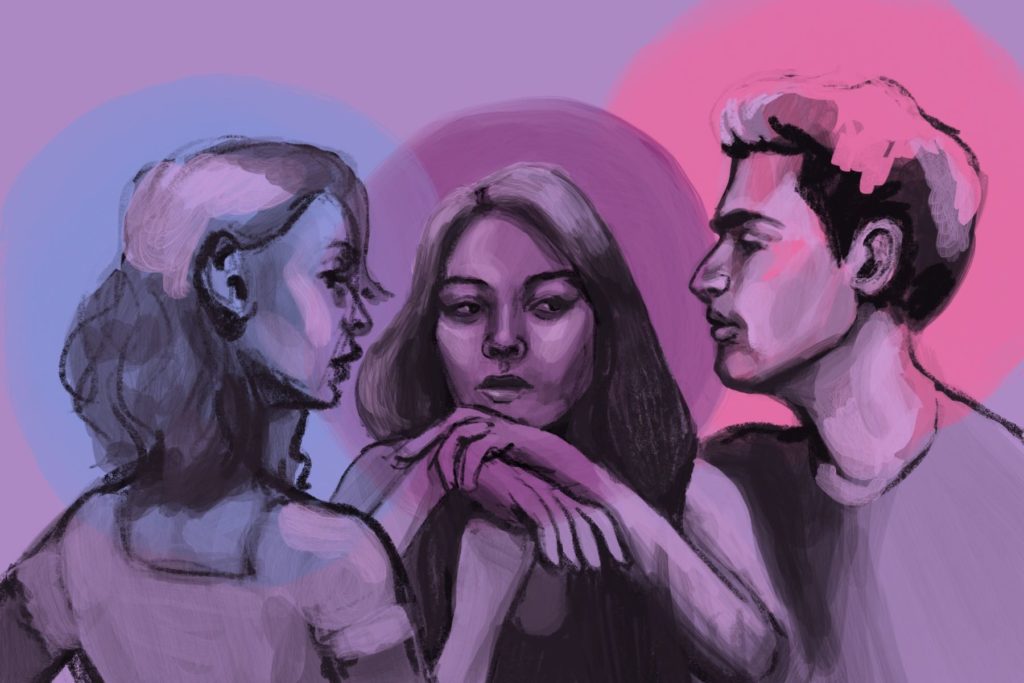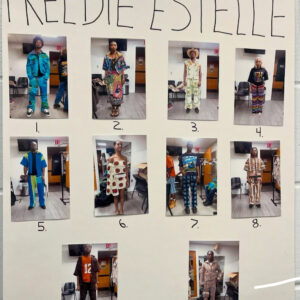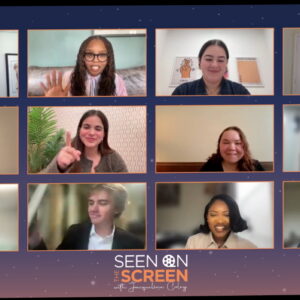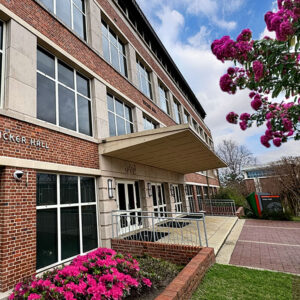Race & Gender | August 29th, 2021
Living In A Heteronormative Society As Bisexual
By: Roni Graham

Indecisive, confused, greedy are words that people who identify as bisexual have become accustomed to hearing. While comprising over half of the population that make up the LGBTQ community, bisexuals still often feel as if their experiences are invalidated and that the projection of heteronormativity in society exiles them in ways that are casually glanced over.
Heteronormativity is the embedded belief that heterosexual relationships are the only norm for sexuality and a doctrine that has placed a mental strain on the LGBTQ community. This teeming promotion of heterosexuality as the only “correct” way to engage in relationships affects how comfortable bisexual people are in being open about their feelings.
On Tik Tok, point of view videos has circulated the app displaying how bisexual women often face being fetishized by men. The videos feature a woman disclosing her sexuality and then the man responding with his sexual fantasies with two women. The common occurrence is a glaring example of how bisexual women are only viewed through the heteronormative lens of fulfilling the male gaze rather than existing in genuine relationships.
Tyra Blizzard, a 23-year-old Tik Tok influencer and professional basketball player, explained her personal experience with the pressures to date men without examining her true romantic desires. “I thought I was straight literally my whole life. I’ve only ever dated men,” Blizzard said. “The stereotypical guy that you’re supposed to be attracted to and it’s like, ‘Was I ever really attracted to them?’” Blizzard, like many who identify as bisexual, often endure the stages of growing up only seeing heterosexual relationships and questioning the validity of their attraction.
Navigating heterosexual relationships as a bisexual man also has its particular obstacles. It is a popular belief that a man cannot be attracted to any gender other than women and if they are, they should identify as gay. The false belief has even been observed in the academic arena. In 2005, Gerulf Rieger, who at the time was a psychology doctoral student under the supervision of psychology Prof. J. Michael Bailey, conducted a controversial study at Northwestern University that asserted that men are either gay or straight. The hotly-contested study led to an article from the New York Times titled, “Straight, Gay, or Lying.”
This ideology has significantly impacted men in their heterosexual connections as bisexual men are frequently depicted as “too gay” or “less of a man” to be in a healthy heterosexual relationship. The heteronormative factors bisexual men face lead to a substantial amount of them being in opposite-gender relationships while not being completely transparent about their sexuality.
Not only do bisexual individuals face not being fully respected in relationships with their heterosexual partners, family and friends, but there is also sometimes a lack of acceptance from the members of the LGBTQ community. It is often emphasized that bisexual individuals don’t experience discrimination because they can camouflage themselves more into society’s heteronormative gaze. “The LGBTQ community in general sometimes doesn’t fully accept bisexual people. It’s often pushed on us that we have boyfriends and girlfriends at the same time and that we cheat and lie between the two,” a second-year student at FAMU, who requested to stay anonymous for privacy reasons, said.
Noella Williams, a 22-year-old student at Florida A&M University who identifies as bisexual, has also faced pressure from society to stay within the heteronormative standard. “I definitely feel like the heteronormative language and exposure that I had while growing up deferred me from coming out earlier than I did,” said Williams. “Growing up in the church and attending a Christian school absolutely played a role while coming to terms with my sexuality.”
There has been a heap of conversations via Twitter discussing how childhood is steered towards a life of heteronormativity. Luckily for many users on the social platform who identify as bisexual but are in heteronormative relationships, they have been able to be open with up to their romantic partners about discovering their sexuality.
“I’m currently in a long-term relationship with my partner who is a cisgender heterosexual male. He’s my high school sweetheart and I think the world of how comfortable he’s made me,” Williams explains. “We’ve talked about the possibility of me being in a relationship with a woman, and I never had to question his language.”
For other bisexual individuals, being met with such embrace is not always common. Heteronormativity has created the fallacy that being bisexual is “just a phase” or an experimental part of one’s romantic desires. “Being that I’m bisexual my family has seen me be with both men and women. Some think I’m confused and don’t know what I want,” the student continued. “I know exactly what I want, and it’s both.”






